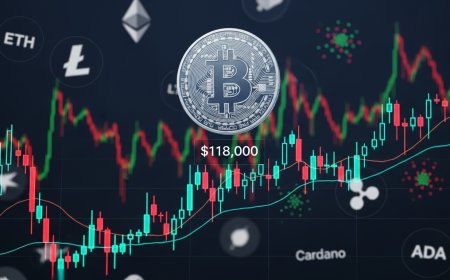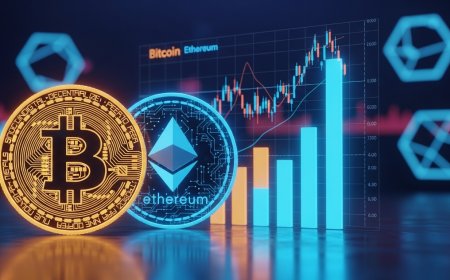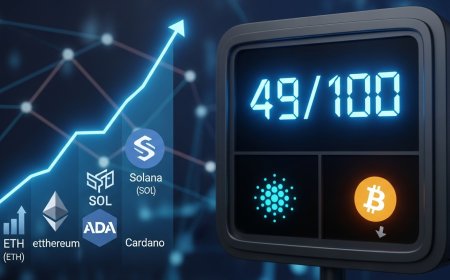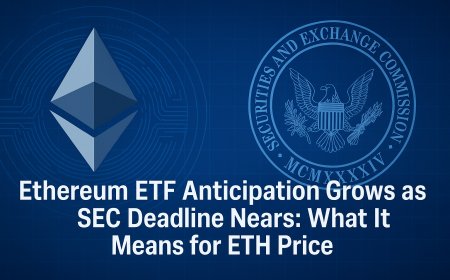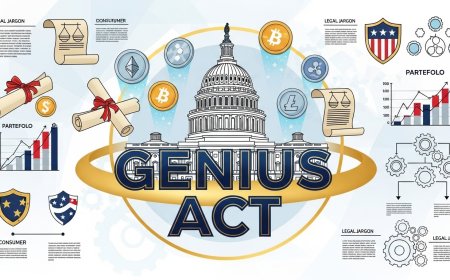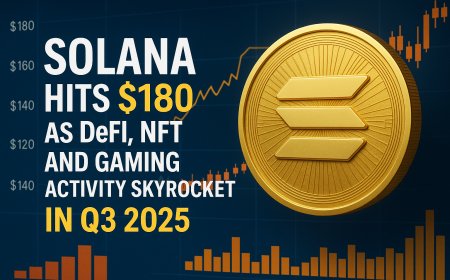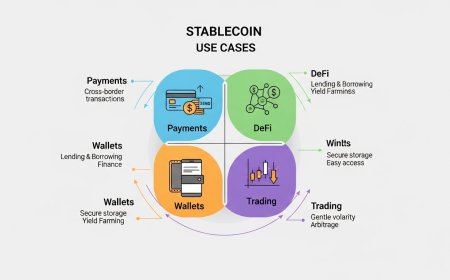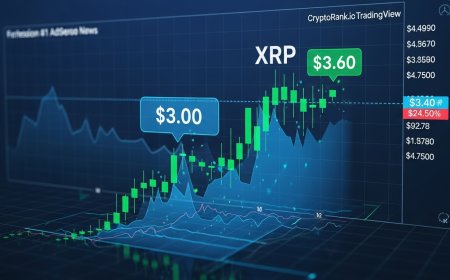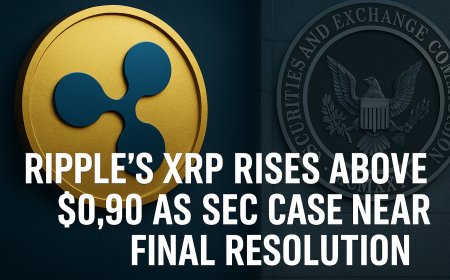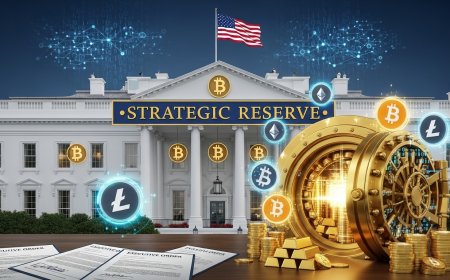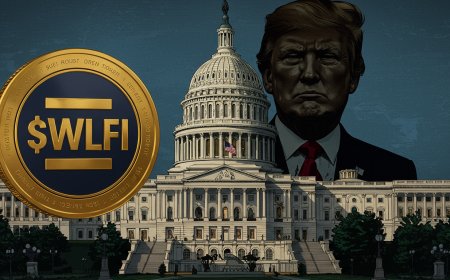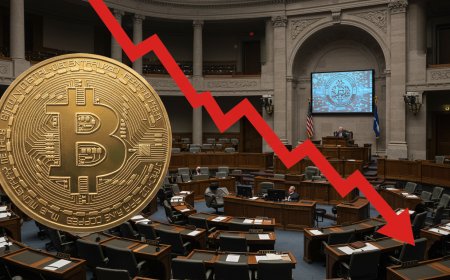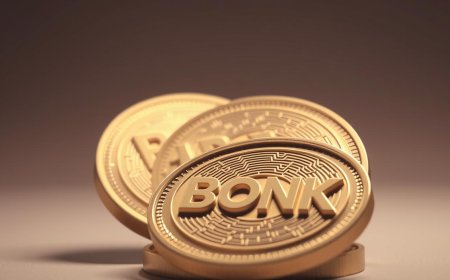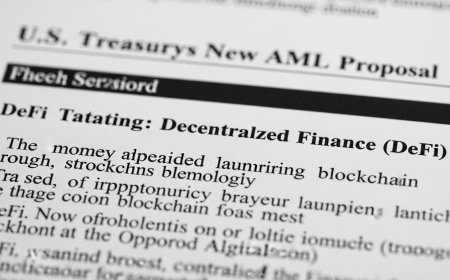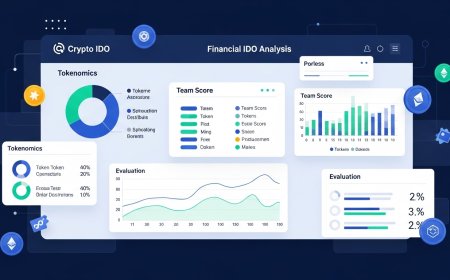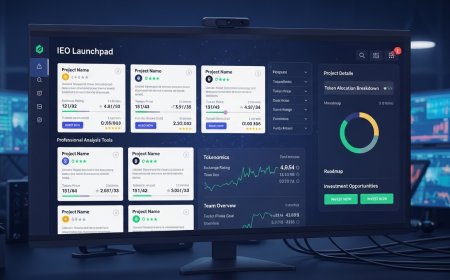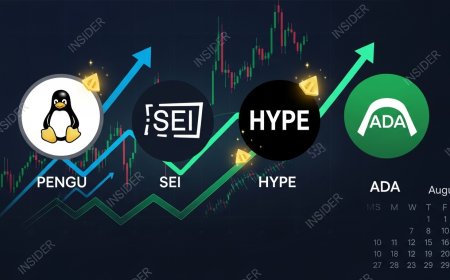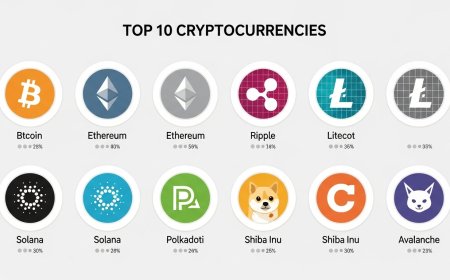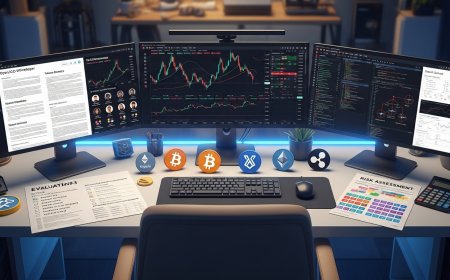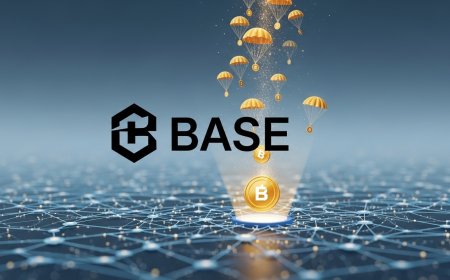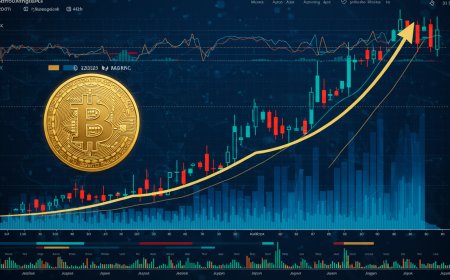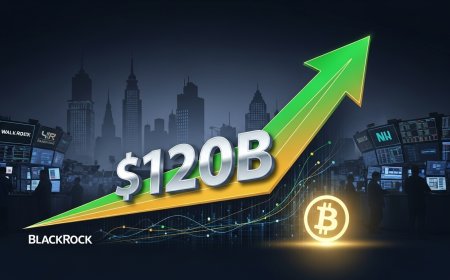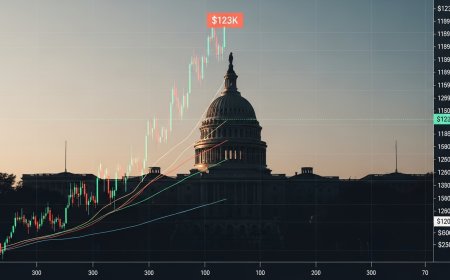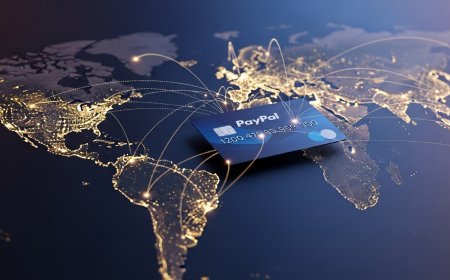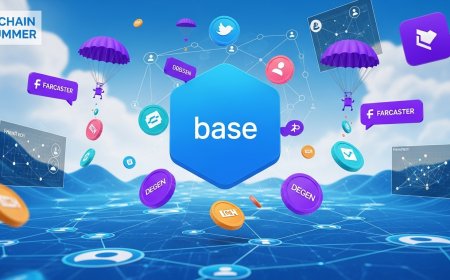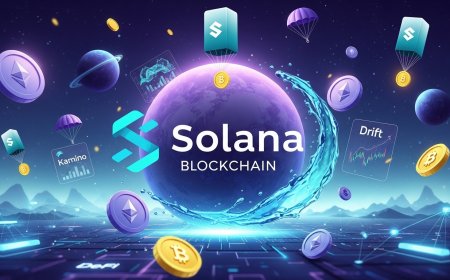Ripple's Big Win: U.S. Banks Begin Piloting XRP for Cross-Border Settlements
Ripple secures a major regulatory and commercial victory as a group of U.S. banks initiates live pilot programs using XRP for real-time cross-border payments, signaling a breakthrough in crypto adoption by the traditional financial sector. Ripple achieves major milestone as U.S. banks start using XRP in pilot programs for cross-border payments, marking a new era in crypto-fintech integration.
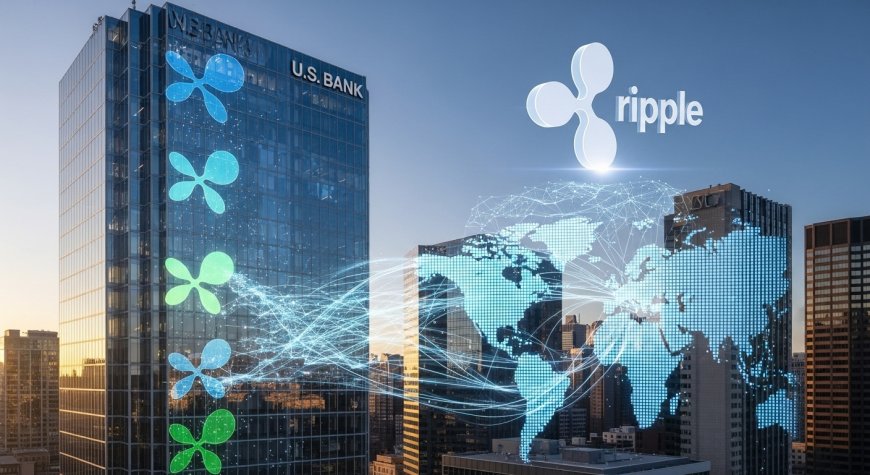
Ripple's Big Win: U.S. Banks Begin Piloting XRP for Cross-Border Settlements
The battle for blockchain-powered finance just reached a turning point—and Ripple is leading the charge.
A consortium of eight major U.S. regional and commercial banks has quietly launched live pilot programs using XRP for cross-border settlements, in what industry insiders are calling a “historic step forward” for crypto integration into traditional banking rails.
The news follows Ripple’s partial legal victory over the SEC in 2023 and the subsequent regulatory clarity that gave U.S. financial institutions greenlighted access to Ripple’s payment infrastructure.
🏦 Banks Involved
According to exclusive leaks obtained by FinTech Weekly and corroborated by blockchain data:
-
Banks in the pilot include: PNC, U.S. Bank, Fifth Third, Truist, Citizens, and two undisclosed institutions
-
Pilots are being run in collaboration with Ripple Labs under the framework of Project Atlas, a real-time payment sandbox launched in early 2025
-
Use cases include remittances to Latin America, corporate settlements in Europe, and on-demand liquidity trials with regional clearinghouses
A PNC spokesperson commented:
“We see blockchain, and XRP in particular, as a transformative settlement layer that drastically reduces cost and time.”
💸 How It Works: XRP as Liquidity Bridge
Unlike traditional SWIFT-based transfers that can take days and carry high fees, Ripple’s model allows banks to use XRP as a bridge asset, converting fiat currencies in seconds with near-zero settlement cost.
This “on-demand liquidity (ODL)” approach is especially valuable for:
-
Cross-border treasury operations
-
Foreign exchange liquidity hedging
-
Low-volume corridors with low liquidity
In Ripple’s model, the sending bank converts USD → XRP → foreign currency → receiver account, without needing to hold foreign reserves.
📈 XRP Market Reacts
XRP responded to the news with a sharp rally:
-
Price surged +17% to break the $0.85 barrier
-
Daily trading volume exceeded $2.1 billion
-
Social sentiment flipped from neutral to highly bullish, with #XRPArmy trending on X (Twitter)
Crypto analyst Linda Yamada noted:
“This isn’t just another pilot. It’s the moment Ripple has been working toward for a decade.”
🧠 The Strategic Importance
This pilot comes at a time when U.S. regulators are pushing banks to modernize their cross-border systems. The Federal Reserve’s FedNow instant payment system, launched in 2023, still lacks global reach. That’s where Ripple steps in.
Unlike stablecoins or central bank digital currencies (CBDCs), XRP offers dynamic liquidity, built-in slippage protection, and a track record of over 90 million settled transactions globally.
Ripple CTO David Schwartz stated during a recent panel:
“XRP was designed for exactly this moment. Speed, finality, and low-cost global movement of value.”
🔄 Ripple’s Growing Institutional Network
RippleNet already serves over 300 financial institutions worldwide, including:
-
Santander, SBI Holdings, Tranglo, IndusInd, and Remitly
-
Dubai’s central bank is exploring XRP for oil settlement pilots
-
Brazilian fintechs are using Ripple for real-time settlement under PIX integrations
Now, U.S. banks joining the network marks Ripple’s most significant domestic breakthrough to date.
🧩 XRP vs. SWIFT and Stablecoins
Ripple’s technology offers a compelling alternative to both:
-
SWIFT: Legacy, slow, and fee-heavy
-
Stablecoins (USDC, USDT): Good for crypto-native use, but less ideal for bank-to-bank institutional settlements
-
XRP: Offers real-time finality and regulatory clarity following Ripple’s partial legal wins
With Ripple’s compliance-first approach, XRP may be the first crypto asset to achieve large-scale U.S. banking adoption.
🔮 What Comes Next?
Ripple Labs has hinted at major upcoming announcements, including:
-
XRP integration with ISO 20022 global messaging standards
-
Real-time payments corridor with APAC banks
-
A next-gen Liquidity Hub 2.0 to streamline ODL onboarding for mid-tier banks
Crypto news outlet Decrypt reports that JPMorgan and HSBC are “observing closely” and may test RippleNet’s infrastructure under controlled regulatory pilots.
🏁 Final Thoughts
After years of court battles and regulatory uncertainty, Ripple’s vision is becoming reality—and faster than many expected.
With U.S. banks now piloting XRP for cross-border payments, the asset moves from speculative token to institutional-grade liquidity rail. If these pilots succeed, XRP could become the default bridge currency for the next generation of global finance.
In an industry obsessed with future narratives, Ripple just delivered a present-day breakthrough.
What's Your Reaction?
 Like
0
Like
0
 Dislike
0
Dislike
0
 Love
0
Love
0
 Funny
0
Funny
0
 Angry
0
Angry
0
 Sad
0
Sad
0
 Wow
0
Wow
0
